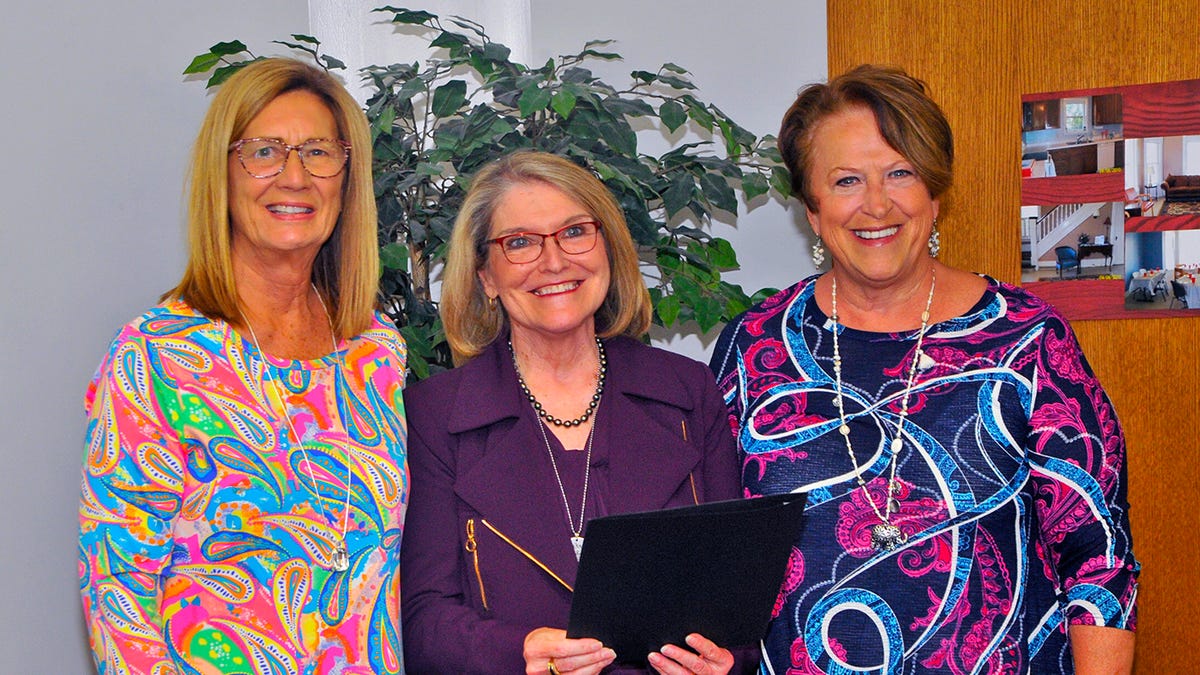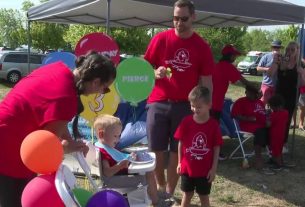[ad_1]
Wayne County Commissioners Sue Smail and Becky Foster honored Judy Wortham Wood with a proclamation during her retirement celebration from the Mental Health and Recovery Board of Wayne and Holmes Counties (MHRB).
Wood has served as executive director since 2008.
“Her passionate motivation is inspired by the mental health and addiction needs of children, youth, adults and families,” Foster said, reading from the proclamation at the MHRB office on Eagle Pass in Wooster. “She has been a part of numerous programs and led the way in starting several more throughout the State of Ohio and Wayne and Holmes Counties.”
Career dedicated to helping those with mental illness began in the 1970s
Wood has dedicated her life to helping those with mental illness. In the 1970s, she began her career as a social worker in a state psychiatric hospital. Since her 2008 arrival as the third executive director of the MHRB, she has focused on youth resiliency programs and ensured that mental health and recovery services have become prominent programs in high schools.
“We (MHRB) have grown our services over the past 14 years,” Wood said. “We have expanded recovery and mental health housing. We have also expanded different levels of care like crisis stabilization with MOCA (motivating optimistic caring accepting) House and NAMI (National Alliance on Mental Illness).”
A large part of Wood’s career has been locating grants to fund programs and maintain funding. She explained that when a funding source expires, a new source has to be found to take its place. Wood became known for turning financial cuts into opportunities. She attributes much of her success to partner agencies across the two counties.
“MOCA House is an example that was born out of a cut,” Wood said. “We had to cut a program at the Counseling Center. When that happened, there were not enough services offered, and that made us eligible for other grants. We were able to get the program moving, and after it was in place, we were eligible for capital grants that allowed it to expand further.”
‘It is a higher intensity that folks need’
Wood also has seen a higher intensity of mental health needs occur over the years since the move was made to close state-run mental health hospitals and integrate residents into communities to rely on local resource providers.
“It is not just additional programming that is needed,” Wood continued. “It is a higher intensity that folks need. Funded partner agencies are there to provide that support.”
One of the many highlights of her career has been hearing about the successes of lives she has touched. According to Wood, after treatment is complete, the client and the service provider are rarely in contact, but occasionally, Wood said, “you see a face in the crowd, or you hear a story.”
Recently, Wood was surprised to receive a phone call from a client she helped during her time at a children’s psychiatric hospital in the 1970s.
“I had been her social worker at the hospital,” Wood recounted. “She tracked me down and called me earlier this year just to let me know that her life has been so successful. She was about 15 years old at the time.”
When asked about her plans after retirement, Wood said, “None, none at all, I am going to relax.”
[ad_2]
Source link



